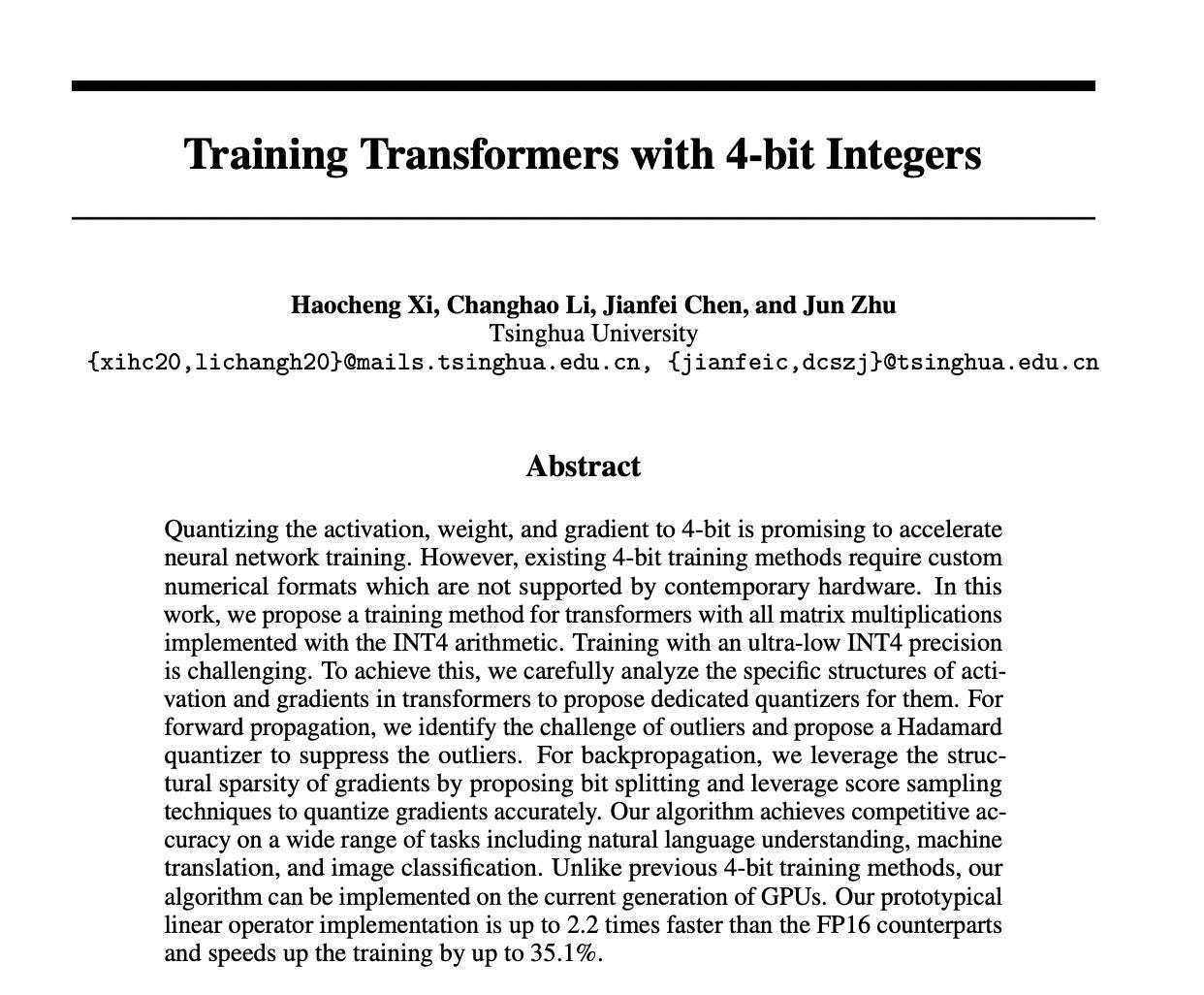AI news stories
AWS is investing $100 million in generative A.I. center in race to keep up with Microsoft and Google
The people paid to train AI are outsourcing their work… to AI
Stability AI launches SDXL 0.9: A Leap Forward in AI Image Generation
AI papers
Fast Segment Anything
paper page: https://huggingface.co/papers/2306.12156
abstract: The recently proposed segment anything model (SAM) has made a significant influence in many computer vision tasks. It is becoming a foundation step for many high-level tasks, like image segmentation, image caption, and image editing. However, its huge computation costs prevent it from wider applications in industry scenarios. The computation mainly comes from the Transformer architecture at high-resolution inputs. In this paper, we propose a speed-up alternative method for this fundamental task with comparable performance. By reformulating the task as segments-generation and prompting, we find that a regular CNN detector with an instance segmentation branch can also accomplish this task well. Specifically, we convert this task to the well-studied instance segmentation task and directly train the existing instance segmentation method using only 1/50 of the SA-1B dataset published by SAM authors. With our method, we achieve a comparable performance with the SAM method at 50 times higher run-time speed. We give sufficient experimental results to demonstrate its effectiveness.
Training Transformers with 4-bit Integers
paper page: https://huggingface.co/papers/2306.11987
abstract: Quantizing the activation, weight, and gradient to 4-bit is promising to accelerate neural network training. However, existing 4-bit training methods require custom numerical formats which are not supported by contemporary hardware. In this work, we propose a training method for transformers with all matrix multiplications implemented with the INT4 arithmetic. Training with an ultra-low INT4 precision is challenging. To achieve this, we carefully analyze the specific structures of activation and gradients in transformers to propose dedicated quantizers for them. For forward propagation, we identify the challenge of outliers and propose a Hadamard quantizer to suppress the outliers. For backpropagation, we leverage the structural sparsity of gradients by proposing bit splitting and leverage score sampling techniques to quantize gradients accurately. Our algorithm achieves competitive accuracy on a wide range of tasks including natural language understanding, machine translation, and image classification. Unlike previous 4-bit training methods, our algorithm can be implemented on the current generation of GPUs. Our prototypical linear operator implementation is up to 2.2 times faster than the FP16 counterparts and speeds up the training by up to 35.1%.
DreamTime: An Improved Optimization Strategy for Text-to-3D Content Creation
paper page: https://huggingface.co/papers/2306.10998
abstract: Text-to-image diffusion models pre-trained on billions of image-text pairs have recently enabled text-to-3D content creation by optimizing a randomly initialized Neural Radiance Fields (NeRF) with score distillation. However, the resultant 3D models exhibit two limitations: (a) quality concerns such as saturated color and the Janus problem; (b) extremely low diversity comparing to text-guided image synthesis. In this paper, we show that the conflict between NeRF optimization process and uniform timestep sampling in score distillation is the main reason for these limitations. To resolve this conflict, we propose to prioritize timestep sampling with monotonically non-increasing functions, which aligns NeRF optimization with the sampling process of diffusion model. Extensive experiments show that our simple redesign significantly improves text-to-3D content creation with higher quality and diversity.
Opportunities and Risks of LLMs for Scalable Deliberation with Polis
paper page: https://huggingface.co/papers/2306.11932
abstract: Polis is a platform that leverages machine intelligence to scale up deliberative processes. In this paper, we explore the opportunities and risks associated with applying Large Language Models (LLMs) towards challenges with facilitating, moderating and summarizing the results of Polis engagements. In particular, we demonstrate with pilot experiments using Anthropic's Claude that LLMs can indeed augment human intelligence to help more efficiently run Polis conversations. In particular, we find that summarization capabilities enable categorically new methods with immense promise to empower the public in collective meaning-making exercises. And notably, LLM context limitations have a significant impact on insight and quality of these results. However, these opportunities come with risks. We discuss some of these risks, as well as principles and techniques for characterizing and mitigating them, and the implications for other deliberative or political systems that may employ LLMs. Finally, we conclude with several open future research directions for augmenting tools like Polis with LLMs.
EquiformerV2: Improved Equivariant Transformer for Scaling to Higher-Degree Representations
paper page: https://huggingface.co/papers/2306.12059
abstract: Equivariant Transformers such as Equiformer have demonstrated the efficacy of applying Transformers to the domain of 3D atomistic systems. However, they are still limited to small degrees of equivariant representations due to their computational complexity. In this paper, we investigate whether these architectures can scale well to higher degrees. Starting from Equiformer, we first replace SO(3) convolutions with eSCN convolutions to efficiently incorporate higher-degree tensors. Then, to better leverage the power of higher degrees, we propose three architectural improvements -- attention re-normalization, separable S^2 activation and separable layer normalization. Putting this all together, we propose EquiformerV2, which outperforms previous state-of-the-art methods on the large-scale OC20 dataset by up to 12% on forces, 4% on energies, offers better speed-accuracy trade-offs, and 2times reduction in DFT calculations needed for computing adsorption energies.








